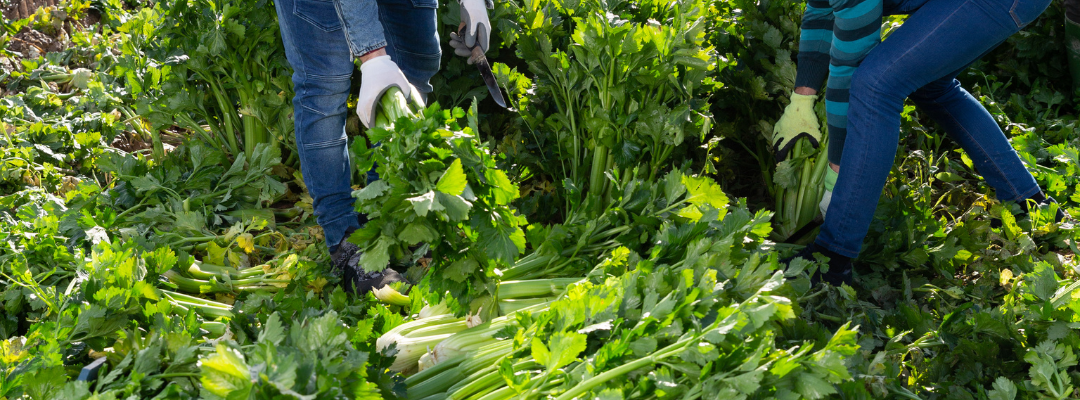Farmers all around the country are experiencing difficulties recruiting and retaining agricultural workers. The farm labor scarcity problem is particularly acute for key sectors in the Southeastern United States like specialty crops (fruits and vegetables), the green industry (ornamental plants and other commodities), and livestock (cattle and dairy) which are heavily reliant on labor. As shown in Figure 1, a significant fraction of farmworkers is believed to be undocumented. There are two projects currently under discussion in the Senate (which passed the House) that if approved, would substantially change existing immigration rules. Both initiatives include legalization avenues for farmworkers.
The first project, the 2021 U.S. Citizenship Bill, was sent to Congress by the President on his first day in office. The bill substantially changes all the current immigration system and has three main goals: a) providing pathways to citizenship and strengthening labor protections, b) prioritizing smart border controls, and c) addressing the root causes of immigration.
The second project, the Farm Work Force Modernization Act, is specific to the agricultural sector. The bill has three main objectives. First, it creates a pathway to citizenship for unauthorized farmworkers. Second, it substantially modifies and expands the H-2A program by allowing some workers to stay year-round and granting overtime payments. Third, the bill requires all agricultural employers to use E-Verify to check that newly hired individuals are legally authorized to work in the United States.
Any changes to the current immigration system could affect producers of labor-intensive agricultural commodities via at least two channels. First, by affecting the number of foreign workers willing and able to continue farming (as opposed to switching jobs to competing sectors like construction). Second, the changes would alter the costs of hiring workers. The fate of these two projects may be defined in the following months.
Figure 1. Legal Status Breakdown of Hired Crop Farmworkers: 1991-2016

Gutierrez-Li, Alejandro. “Immigration Projects Under Discussion: Why Do They Matter for the Agricultural Labor Supply?“. Southern Ag Today 2(32.5). August 5, 2022. Permalink

